Marisa Wojcik:
Welcome to Noon Wednesday, I’m Marisa Wojcik, a Multimedia Journalist with Here & Now on Wisconsin Public Television. We are in another week of some single digit degree weather. But it is warming up a little bit. But it’s been a lot of highs and lows and it’s been pretty crazy. We are joined by Will Cushman from our partners at WisContext. He did a little bit of reporting on what is happening with this phenomenon. Will, thanks so much for being here.
Will Cushman:
Thanks for having me Marisa.
Marisa Wojcik:
First of all, welcome to WisContext. It’s so great to have you on for the first time. We are really excited.
Will Cushman:
Thank you. I’m really excited too.
Marisa Wojcik:
I want to start with the warm-up that we’re seeing now and all of the craziness. You had a scientist tell you that it’s called weather whiplash. What did he mean by that?
Will Cushman:
Very technical term there, weather whiplash. I think essentially what he was getting at was if people remember December was very warm for the most part. The early part of January was very warm. I started at WisContext on January 7th and that morning I showed up at the office soaking wet because my umbrella had broke. It was so warm and rainy that day. Just a week later the temperatures plummeted down into close to record-breaking low temperatures. That’s essentially what he meant by weather whiplash. We thought we were going to get away with a really nice mild winter. Nice for some people if you don’t like skiing. Really, the second half of the winter has been pretty remarkably cold.
Marisa Wojcik:
I had a very similar start to my move to Madison a year ago. Where I moved in and it was kind of warm and no snow and then all of a sudden it was below zero and snow everywhere.
Will Cushman:
Yeah.
Marisa Wojcik:
So you said near record-breaking, but it wasn’t record-breaking. Was it just Southern Wisconsin or was it the entire state?
Will Cushman:
The whole state got close to record-breaking lows in a lot of places. The all-time record low in the state of Wisconsin is negative 55 degrees. That was recorded in 1996. Actually, fairly recently, twenty-three years ago. I think the coldest that we got over that really cold snap at the end of January, beginning of February, was negative, I’ve got it here somewhere, six degrees shy of that. I think it was like negative forty-nine.
Marisa Wojcik:
Pretty close.
Will Cushman:
Yeah, pretty close. The temperatures all around the state got close to those records, but didn’t quite break them. I think in Madison we got down to negative twenty-six and the record-low here is negative thirty-seven also set in 1996.
Marisa Wojcik:
Oh wow, okay. So on the other end of that spectrum we had a crazy side-by-side cold weather and then deep thaw after the deep freeze. What is happening? Is this a fluke? Is this a strange phenomenon? Why was that happening?
Will Cushman:
It’s not an unprecedented phenomenon, is what I found out, but it is quite in-frequent. Essentially what I learned from the climatologist that I talked to, is that the reason why there’s those extreme temperature swings that we rarely see in somewhere outside of Mather, Wisconsin it swung 91 degrees in a matter of thirty-six, forty-eight hours. From like negative forty-something to forty-something. That’s basically the lower the temperatures go the more extreme the swing will probably be because forty degrees in January in Wisconsin is not all that unheard of. What is less common is those negative forty degree temperatures. When it does warm-up, the warm-up is really extreme. We haven’t really seen anything like that since the fifties.
Marisa Wojcik:
What exactly is happening? You mentioned in your reporting there is this jet stream. For those of us that aren’t exactly meteorologists or climatologists. What was going on?
Will Cushman:
Let me preface this with I’m also not a meteorologist or a climatologist but I talk to a bunch of them. So the jet stream, you can think of it as this current of very fast moving air way up in the atmosphere that acts somewhat kind of like a fast-moving river, rapids or something, so it kind of can whip around. If you think if you throw a pine cone into fast moving rapids, you’re not sure where it’s going to end up going. What course it’s going to take. That’s a lot like how the jet stream acts. It just kind of whips around in the atmosphere. In the early part of the winter when it was quite warm, the jet stream was sticking pretty much North of Wisconsin and then that big cold snap was basically related to the jet stream coming way south, coming South of Wisconsin. The jet stream is more or less a barrier between warmer air to the South and cooler arctic air to the North.
Marisa Wojcik:
Were we able to predict that this was going to happen or only just right before they knew, they could see that it was coming down?
Will Cushman:
The jet stream is very difficult to predict. In talking to the climatologist they were basically saying that it’s pretty much impossible to predict what the jet stream is going to do very far out in the future or even mid-range.
Marisa Wojcik:
I’m sure they love that.
Will Cushman:
Yeah.
Marisa Wojcik:
Not only is there a relationship between the extreme cold and then the extreme warm-up, but there’s also a relationship between the extreme cold and all of the snow. That was another area where some records were shattered. What happened?
Will Cushman:
Right, you can also blame the jet stream on this. Essentially the jet stream not only came farther South at the end of January, but also has been pretty much more or less sticking to a track that the climatologist I talk to said is pretty much ideal for bringing Winter storms to Wisconsin from farther West. So that’s why snowy weather is obviously not unprecedented or uncommon in Wisconsin, but it’s just really been the frequency of these storms, with several of the storms, the magnitude. How much snow fell in a single time contributed to some of the record-breaking snowfalls.
Marisa Wojcik:
I used to live in Eau Claire and I saw a lot of pictures on Social Media
Will Cushman:
I can imagine.
Marisa Wojcik:
of snow mounds piled high above people’s head. I was a little happy that I was not having to shovel that. But you also said that the snow sticking around also interacts and keeps the cold weather around. So that it’s kind of a feedback loop.
Will Cushman:
Yeah, that’s how the climatologist I spoke to described it. That was exactly right. The snow once it’s on the ground can help keep it a little bit cooler and it is this positive feedback loop. Where that can maybe encourage more snow.
Marisa Wojcik:
Obviously we love talking about the weather and a little bit of your reporting gets into some of the folklore that is involved and is kind of ingrained in people in the Midwest and people in Wisconsin. What did you find out?
Will Cushman:
I spoke to Anne Pryor who is a former official state Folklorist for Wisconsin. Which I did not know was a title that someone could have. It is pretty cool. She and her husband, Steve Ackerman, who is a climatologist here at UW. They worked on a project in the early 2000s called Wisconsin Weather Stories. That was related to this deep Wisconsin Folklore related to weather in general and a lot of it had to do with winter weather because obviously we experience extremes fairly regularly. It’s a cool project found that people love to talk about the weather. It’s often front-page news whether it’s those records being broken or curious cases. I found a newspaper article from the Wisconsin State Journal in 1951 after a really major cold snap following this woman who was found basically frozen alive in Chicago outside and doctors were bringing her back from internal body temperatures of sixty-something degrees. It talked about all sorts of things. The Ice Ball which I’m sure a lot of people are familiar with. I’m not from Wisconsin and I’m not much of a Football fan so I had to learn what the Ice Ball was. 1967 Championship game between Dallas Cowboys and Green Bay Packers that was played at Lambeau in super cold temperatures. Lots of stories out there.
Marisa Wojcik:
It’s a point of pride for a lot of people in Wisconsin. It’s almost like survival stories.
Will Cushman:
Totally. It got colder where I was and it didn’t where you are.
Marisa Wojcik:
Yeah, people are one-upping each other
Will Cushman:
I had to shovel more snow. A lot of one-upping, talking to relatives from out-of-state who probably are not all that jealous.
Marisa Wojcik:
I lived in Minnesota for a time and there was a little bit of a rivalry between Wisconsin and Minnesota as to who, I almost said Minne-snow-ta — as to who had the worst winter. It does get a little bit colder there I will say. Do you have a favorite cold weather story from your own personal history?
Will Cushman:
Yeah, mine also involved the Midwest. I was driving across the Midwest. I think it was like Indiana, Illinois, Ohio. It was about negative twenty degrees and I was driving in a car that had no heat. I did have a seat heater so that it kept my butt warm, but I bought a space heater to put down by my feet and jerry-rigged the car so I could plug it in. It was in college so that’s why that happened. It was a little dangerous. The frost on the inside of my windshield started to actually frost over and I had to scrape it. It was fun, how about you?
Marisa Wojcik:
That sounds super fun. I once was renting a home that in the winter of 2013 to fourteen which also had some record breaking cold. The furnace died in the middle of the night. I piled a bunch of blankets on top of myself and I hunkered down and I made it through. But there’s a lot of people who have to literally weather the elements and so it’s pretty crazy when you think about that. I mean, even this year there was a story of a woman in Milwaukee who also, under some other tragic circumstances, also had a freezing incident. I think there’s this weird fascination with one-upsmanship. The one hundred-thirty one car pileup in Neenah.
Will Cushman:
Yup.
Marisa Wojcik:
There was a lot of new things and this building, Vilas Hall, the deep freeze and then the deep thaw caused some flooding. We were pretty caught up in stories from that for a few weeks.
Will Cushman:
For sure, that kind of took over life in this building for a little while.
Marisa Wojcik:
It did, and it felt like the International Space Station with people walking around in suits. I think we’re kind of back to normal now.
Will Cushman:
The flooding that was caused broke pipe right? That occurred kind of all over the UW Madison Campus.
Marisa Wojcik:
It did.
Will Cushman:
In a lot of places with some aging infrastructure.
Marisa Wojcik:
It can be kind of tempting to look at one winter as we’re experiencing it in isolation and draw conclusions. Some people can say “Well, it’s so cold this means that global warming isn’t happening or climate change isn’t happening.” Or some people say the opposite. That this is proof that the Earth is changing. But some scientists have warned don’t draw conclusions just based on this short term evidence. Is that right?
Will Cushman:
Right Actually there’s a really interesting story that I saw on The New York Times, maybe last week. Exactly about this phenomenon of people using the weather, weaponizing the weather to help their argument. Whether it’s pro-climate change or anti-climate change. It was called something like The Weather Wars or something. The scientists I spoke to say you can’t take one data point and make very many conclusions about it other than how it makes you feel. We’re experiencing a quite cold winter this year. It’s not unprecedented, but really if you look at the extreme highs and lows for just the month of January, which we do in this story in WisContext for Madison, you can see just the wide range of variability through it’s been now one hundred-fifty years of record keeping. This year while on kind of the more extreme end for the low temperatures, it was also at kind of the extreme end for warm temperatures in January too. It kind of like fits in there right in the middle. Actually, one of the climatologist that I spoke to said that this winter will very likely when everything is said and done, in most places in Wisconsin when you average out the temperatures, will look like a pretty typical winter. It’s one of those things where you can’t make a whole lot of conclusions about climate based on one winter.
Marisa Wojcik:
On one winter.
Will Cushman:
This is just maybe an outlier.
Marisa Wojcik:
An anecdote.
Will Cushman:
Yeah.
Marisa Wojcik:
Will, thanks so much for being here for your first appearance on our noon Wednesday. I’m sure we’ll have many more to come and for telling us a little bit more about this winter and how the other Winters stack up.
Will Cushman:
Thanks for having me. The story is still live and will be on WisContext.org.
Marisa Wojcik:
If you want to dig into those numbers you can find Will’s story and a bunch of other related stories at http://www.WisContext.org. For more from Here & Now, Wisconsin Public Television, you can visit http:/www.wpt.org and thank you so much for joining us on Noon Wednesday.
Will Cushman:
Thanks.
Search Episodes
Related Stories from PBS Wisconsin's Blog

Donate to sign up. Activate and sign in to Passport. It's that easy to help PBS Wisconsin serve your community through media that educates, inspires, and entertains.
Make your membership gift today
Only for new users: Activate Passport using your code or email address
Already a member?
Look up my account
Need some help? Go to FAQ or visit PBS Passport Help
Need help accessing PBS Wisconsin anywhere?

Online Access | Platform & Device Access | Cable or Satellite Access | Over-The-Air Access
Visit Access Guide
Need help accessing PBS Wisconsin anywhere?

Visit Our
Live TV Access Guide
Online AccessPlatform & Device Access
Cable or Satellite Access
Over-The-Air Access
Visit Access Guide
 Passport
Passport


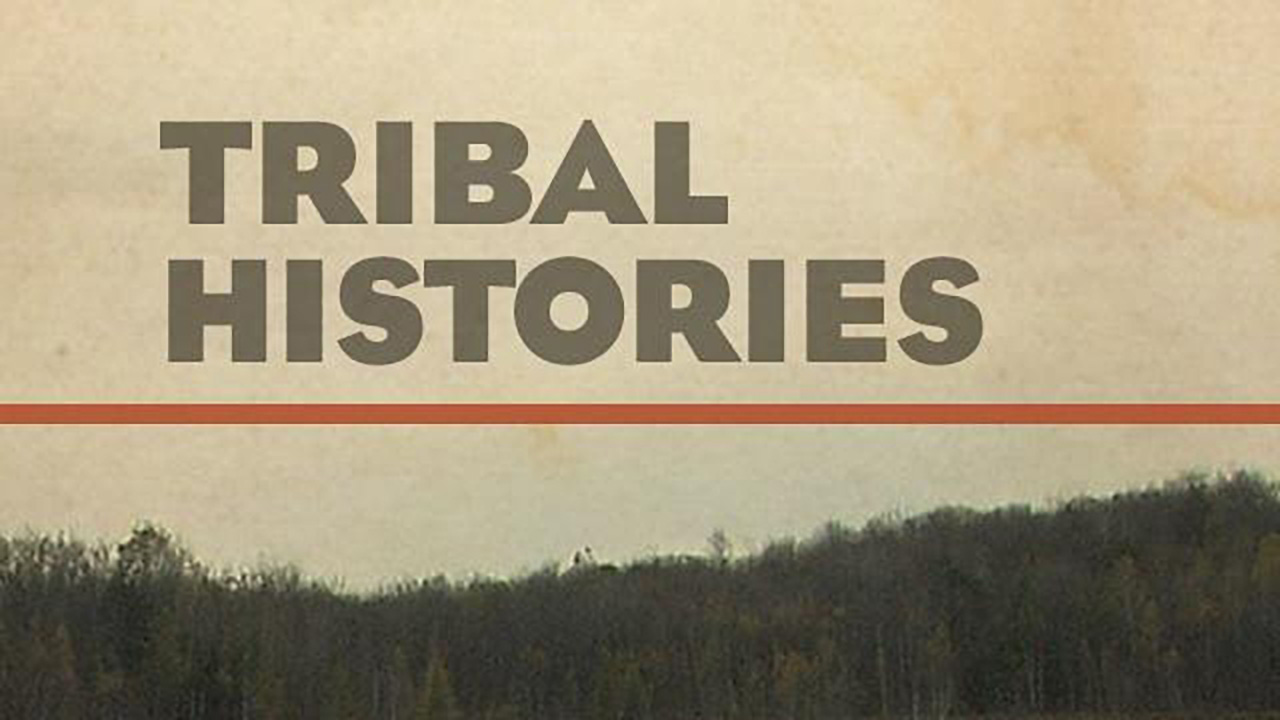
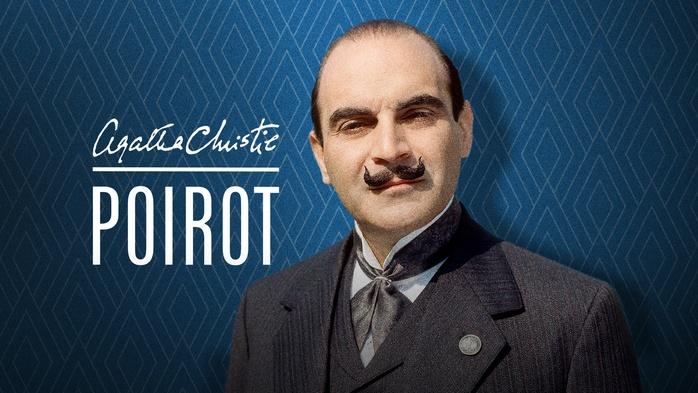

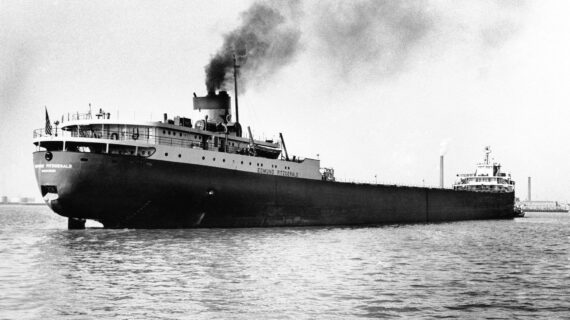


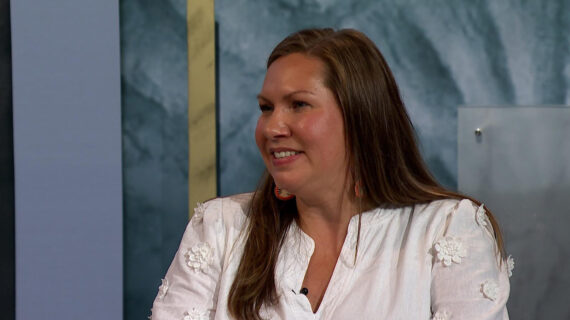
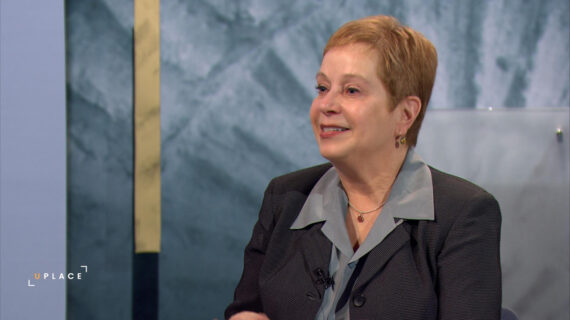
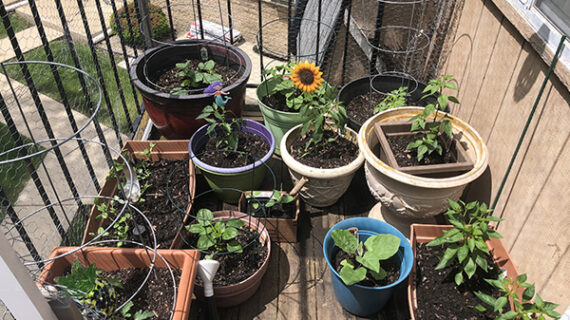
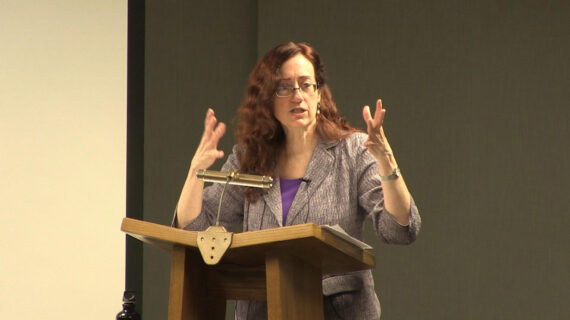
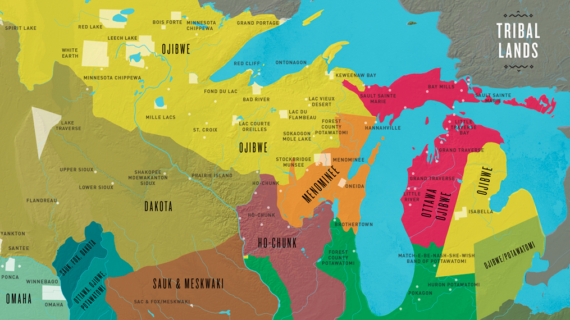

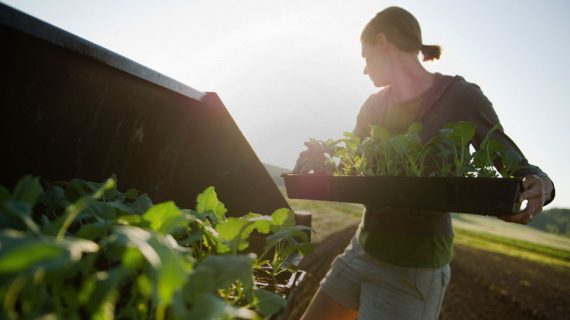
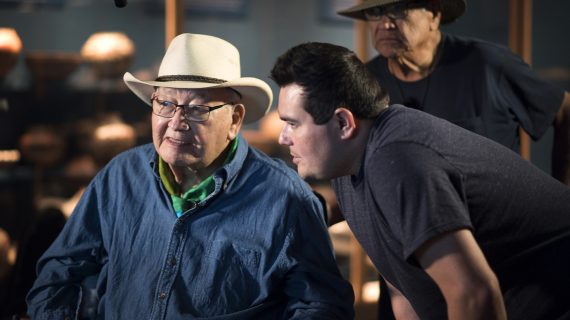


Follow Us